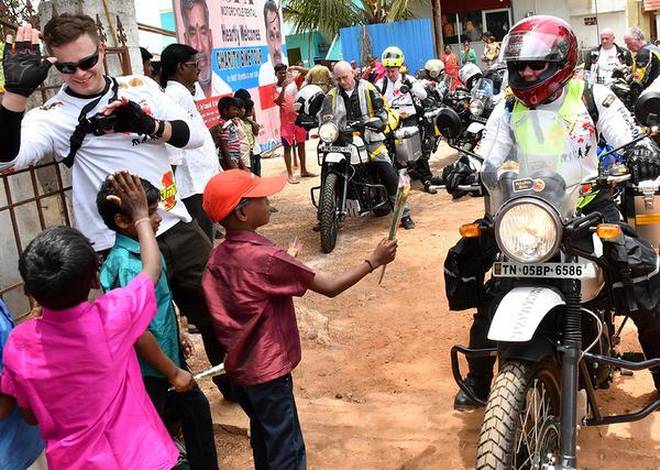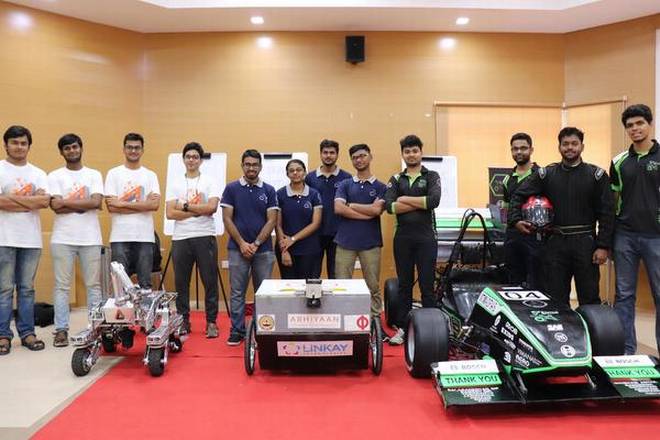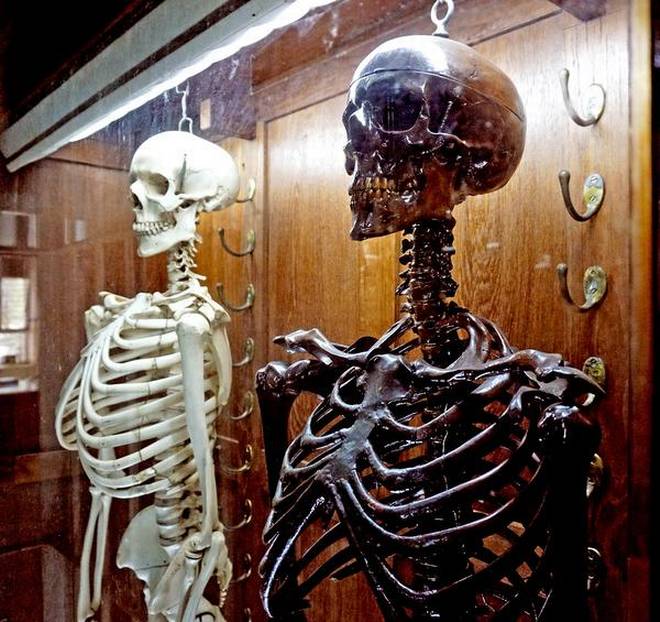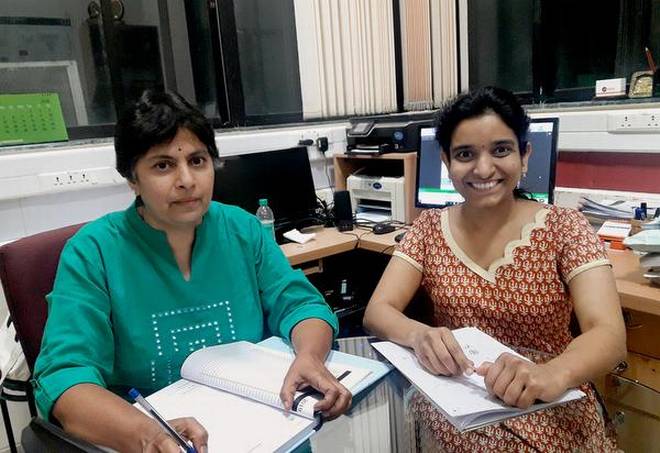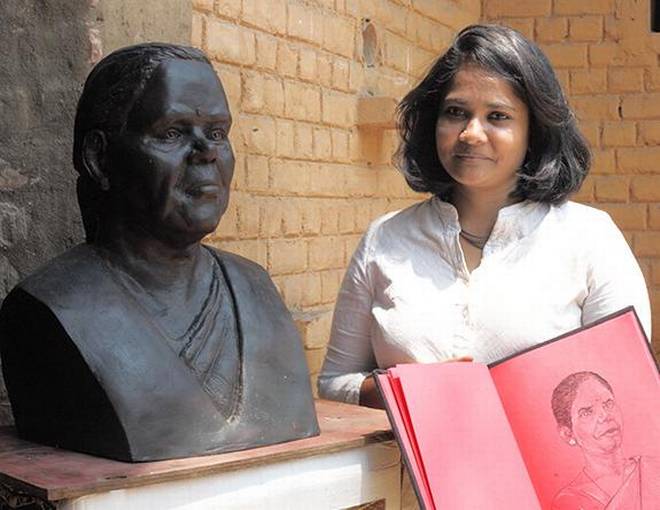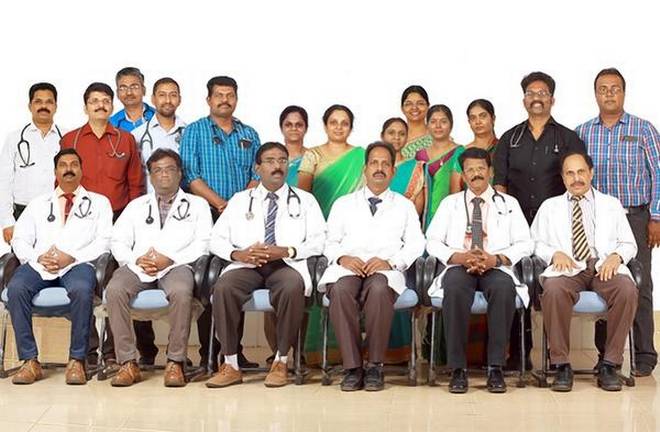Chennai :
In 2004, M Sivaguru Prabakaran gave up his dream of pursuing an engineering degree as his family couldn’t afford the money to help him attend counselling session in Chennai.
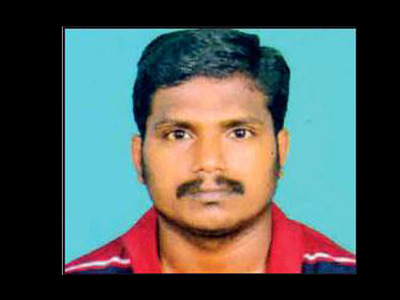
What followed was an extraordinary tale of grit and determination that took the son of an alcoholic from Melaottankadu village in Pattukottai in Thanjavur district to the platforms of the St Thomas Mount Railway Station and the hallways of IIT Madras. In the near future, as an IAS officer, he could possibly move to the hallowed precincts of Fort St George.
On Friday, Prabakaran secured 101st rank among 9.90 candidates selected by the UPSC in the civil services examination 2017. V Keerthi Vasan (29), L Madhubalan (71) and S Balachander (129) were among the other candidates from Tamil Nadu who made the cut.
When TOI contacted Prabakaran on the phone, he was in the middle of getting congratulatory hugs from roommates at the house they shared in Thirumangalam. “I couldn’t continue my education after Class XII because of my family’s financial situation,” said Prabakaran.
An alcoholic father meant that much of the earning burden fell on his mother and sister, who made ends meet weaving coconut fronds. When he couldn’t pursue engineering, he decided to work to support the family. “I worked as a sawmill operator for two years and did a bit of farming. Whatever money I could muster, I spent some towards my family and saved some for my education. I wasn’t prepared to let go of my dreams,” he said.
‘Tamil Nadu govt’s health department secretary inspired me’
In 2008, after having funded his younger brother’s engineering dreams and his elder sister’s wedding, Prabakaran enrolled in the civil engineering stream at the Thanthai Periyar Government Institute of Technology in Vellore. “My English language skill was not good. I studied in Tamil medium,” Prabakaran said.
It was during this time, he reached Chennai in the hopes of cracking the IIT entrance examination. “A friend referred me to a tutor in St Thomas Mount who trained underprivileged students like me,” he said.
Studying under the tutor during the weekend, Prabakaran would take shelter in the platforms of the St Thomas Mount railway station. He would return to Vellore for the week to attend his college and made a small income working his off hours at a mobile recharge outlet.
He went on to crack the IIT-M entrance and finished his M.Tech programme as a top ranked student in 2014. “I had 9.0 GPA,” said Prabakaran. This was Prabakaran’s fourth attempt at clearing the UPSC exams. He identifies J Radhakrishnan, the Tamil Nadu government’s health department secretary, as an inspiration. “The desire to become an IAS officer was lit in me when I saw Radhakrishnan in 2004. He was the Thanjavur district collector at the time of Kumbakonam school fire tragedy. He was the first IAS officer I ever saw,” said Prabakaran.
Prabakaran hopes to inspire more people from his hometown to follow his lead.
source: http://www.timesofindia.indiatimes.com / The Time of India / News> City News> Chennai News> Schools & Colleges / by Pradeep Kumar / TNN / April 28th, 2018
